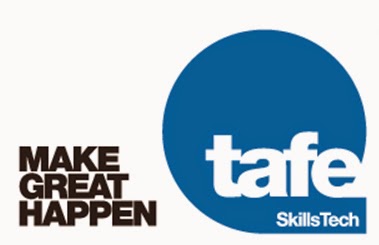TAFE Queensland SkillsTech has just completed a staggered onsite
training program for SANTOS Operators in Narrabri Gas Project (NGP) in NSW. The
NGP area covers around 95,000 hectares in the Pilliga and on private land in
north-west New South Wales and was previously owned by Eastern Star Gas.
SANTOS reached agreement to acquire 100% of Eastern Star Gas (ESG) in
mid July 2011. The acquisition of ESG builds on SANTOS' existing interests in
the Gunnedah Basin with Santos now having the largest natural gas reserves
position in NSW, with 1,216 PJ of 2P reserves and 2,238 PJ of 3P reserves.
Tinsfield No5 Lease package
Upgrade of facilities
Santos undertook an extensive review and upgrade of facilities and
rehabilitated a number of operational sites. Eight wells and one core hole were
drilled in addition to the existing pilot wells. The Narrabri Gas Project
supplies NSW homes, small businesses, major industries with electricity from
gas powered alternators.
New Facilities
Santos is currently undertaking an exploration and appraisal program to
gain more information about the natural gas resource in the region. Santos has
recently received Government approval to construct a water treatment facility
at Leewood. This will allow the saline water to be treated by reverse osmosis
and more than two thirds to be reused. Santos is proposing to use the treated
water to irrigate a section of the Leewood property and for operational
purposes.
Leewood Water treatment pond
New Training for existing staff
The training program was delivered onsite in Narrabri Operations centre
over 4 x 1 week programs to get existing operation staff aligned to the SANTOS
training framework. After discussions with Senior Advisor Operation Training,
Competency training manager and the site Superintendent Narrabri Operations,
Energy NSW EABU (Eastern Australian Business Unit) and in consultation with a
PMA subject matter expert from SkillsTech a list of gap units was developed and
delivered onsite to fit into shifts and swings.
SANTOS Narrabri Video


















